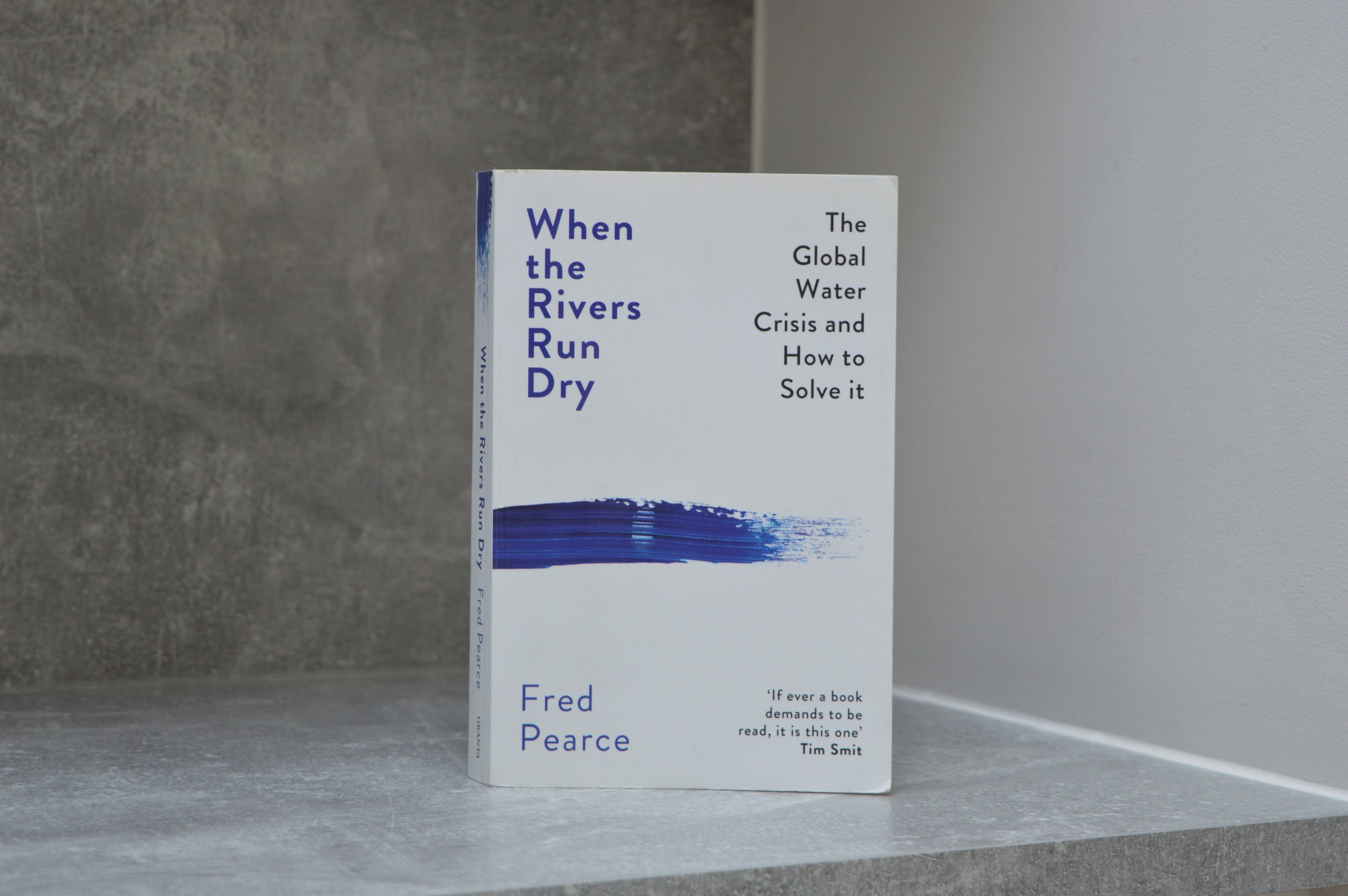When the Rivers Run Dry
July 2024
Overall Verdict: ★ ★ ★
To buy this book, click here.
Why this book?
Perhaps my low-ish ranking of 3 stars reflects my human-geographer bias! Although I didn’t find this book as readable as many of the others reviewed on this blog, it is still full of information that will be of use to both teachers and students teaching and studying the Water Cycle and Water Insecurity topic of A-Level geography.
There are plenty of sections ready for use to kickstart, or top-up, case study research and reading.
For students:
I wouldn’t recommend this as a book for A-Level students to read in its entirety (I think it’s too dense for most) but there are certainly sections that they would benefit greatly from reading.
This book covers all of the most common case study locations for water insecurity and management and the comprehensive index of the book makes it easy to quickly find the pages covering your case study location or issue.
Chapter 4 would be a good place to start. This chapter is titled ‘Riding The Water Cycle’ and gives an excellent overview of the complexity of the water cycle on a global, regional and national scale. Reference to ‘Malthusian nightmares of mass starvation’ (p.26) and ‘the tragedy of the commons’ (p.28) should be familiar to A-Level students from lower down the school and / or other topics and serves to show how we can think about the water cycle in a synoptic way- drawing links to other areas studied in geography.
Chapter 19 is equally excellent for synoptic thinking. This chapter is about our changing climate and what this means for the water cycle; discussing what we do and don’t know regarding the future of our water supply. The key message of the chapter is that the one thing we can be certain of, is more uncertainty!
For teachers:
Many teachers have tweeted and shared how they’ve used this books in their lessons online and Briley Habib has kindly shared her worksheet for teaching about cloud seeding and desalination, using Chapter 35 here.
As well as extended extracts from this book, plenty of short quoted would be worthy of discussion too. The quotes below are just 3 of many that could be used with students in lessons:
‘Nothing, perhaps not even climate change, will matter more to humanity’s future over the next century than the fate of our rivers.’ (p.3)
To what extent do you agree with this quote? Why do you think that the author Fred Pearce feels that the fate of our rivers may be more important to humanity’s future than climate change?
‘Would the tens of billions of dollars being earmarked for large dams in Africa be better spent on other ways to deliver energy and development? Has the sheer size and grandeur of large dams once again blinded politicians and development professionals to the alternatives?’ (p.104)
To what extent do you agree the suggestions in these questions? What are the alternatives to the ‘grandeur’ of dams and what are the pros and cons of alternatives?
‘To manage the water cycle better, we first have to give up the idea that water has to be extracted from nature and put inside metal or behind concrete before it can be used. We have to treat nature as the ultimate provider of water rather than its wasteful withholder. We must learn to ‘ride the water cycle’ rather than replace it. To treat water as a precious resource rather than something that just falls from the sky.’ (p.265)
What does Fred Pearce mean when he says we have to stop treating nature of the ‘wasteful withholder’ of water? To what extent do you agree with the suggestion that we have to put water behind a metal or concrete barrier before we use it?
To buy this book, click here.
